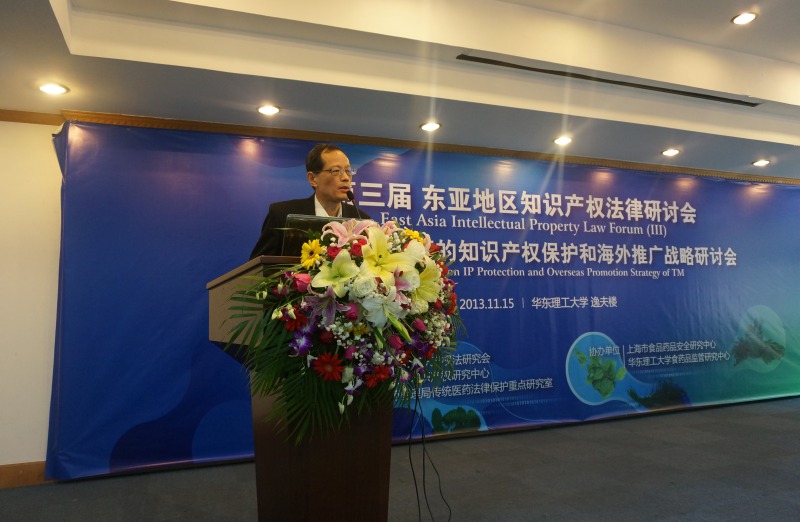A genome-centric analysis of a new microbial lineage from the late cretaceous fossil of ceratosaurus in North America
Paleontological studies have frequently reported that Mesozoic dinosaur fossils, after about 250 million to 65 million years, still unexpectedly preserved collagen, blood vessels and other endogenous organic matter.But whether these endogenous soft tissues can survive in Mesozoic fossil bones has been a matter of debate, given the ease with which proteins can degrade and the fact that many microbes have been living in the pores of bones for more than a million years.Researchers have extensively studied protein instability, but the genomic diversity of the microbiota in dinosaur fossil bones and its potential role in fossilization remain unclear.
The Chinese academy of sciences (cas) has conducted a genomic analysis of microbes found in the late cretaceous skeleton and mudstone on its surface to gain an insight into the potential of microbes to reconstruct fossilized bones.
The study assembled 46 high-quality genomes from acer data, representing six phyla and one archaea.The analysis and comparison of the genomes showed that most of them were new classes, orders, families, genera or species, and had not been successfully isolated into pure culture.Compared with the mudstone samples that covered the bones, the bones were enriched with Nitriliruptoria, Deltaproteobacteria,
The genome of the class Betaproteobacteria.Studies of genomic functional genes have revealed that multiple species may be involved in the metabolism of carbon, nitrogen, sulfur, and iron.Proteomic analysis revealed that many microbial genes had been expressed, but no endogenous dinosaur collagen peptides were found.Studies have shown that excavated dinosaur bones are habitats for microbes;Compared with the external sediments, the unique microhabitats and geochemical components of the internal bones support a higher microbial biomass, and also contain biogeochemical processes with multiple gene groups interlinked.The presence of these microbial communities in Mesozoic dinosaur fossils has urged scientists to take extra care in searching for remnants of endogenous biomolecules.
Time:2020.05.15
Source:http://www.cas.cn/syky/202005/t20200513_4746004.shtml
next:A new breakthrough has been made in genetic research of Marine and land cultivated cotton in xinjiang


